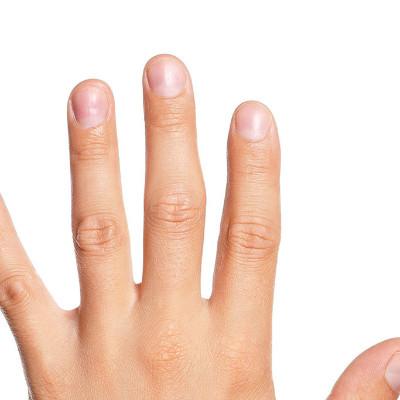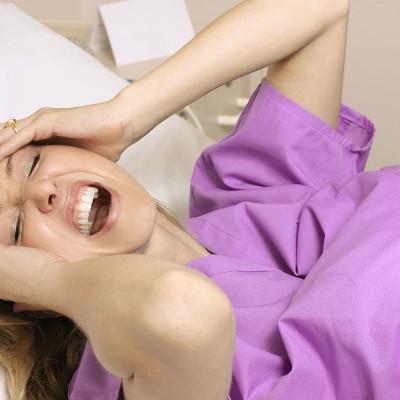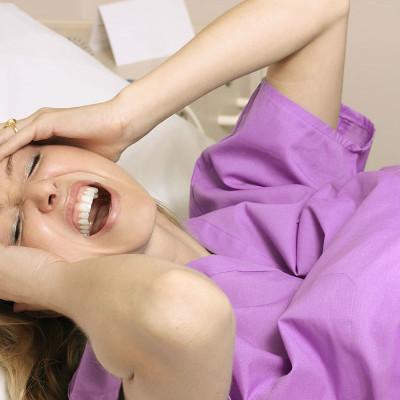What are the early symptoms of glaucoma in students?
summary
The clinical classification of glaucoma is complex, most of them have no clear secondary cause of systemic or ocular diseases, so they are called primary glaucoma. They are divided into open-angle and closed-angle types, and have obvious genetic tendency. When the acute attack of glaucoma, patients with severe clinical symptoms, generally in time to the hospital. However, due to the occult onset, slow progress and almost no conscious symptoms of chronic open-angle glaucoma and partial angle closure glaucoma, it is easy to delay the treatment time. It is too late for some patients to go to the hospital until one eye is blind. What are the early symptoms of glaucoma in students? Let's talk about it
What are the early symptoms of glaucoma in students?
1. Visual acuity decreased gradually, and the corrected visual acuity with optometry and glasses was less than 1.0 (logarithmic visual acuity chart was 5.0). Especially for high myopia, headache and eye distension often occurred after wearing moderate glasses. As the sclera (white part) of high myopia becomes longer, the elasticity decreases significantly. Therefore, when high intraocular pressure occurs, the conscious symptoms are not obvious or asymptomatic, the patients are easy to neglect, but the vision is quietly lost, and the doctors are often easy to miss diagnosis.

2. Glaucoma patients usually drink more water and have headache when drinking more than 300 ml water at a time. This is because the speed of drinking water is fast and the amount is large, which can reduce the osmotic pressure caused by hemodilution. The amount of aqueous humor entering the eye will increase, thus causing the increase of intraocular pressure. Patients often have eye distension and headache 15-30 minutes after drinking water..

3. After getting up in the morning, it's hard to read, and it's easy to have acid swelling at the root of the bridge of the nose and swelling pain at the orbital forehead. Because normal people's intraocular pressure fluctuates day and night, generally high in the morning and low at night. Glaucoma patients 24 hours of intraocular pressure fluctuations are greater, so the morning intraocular pressure is higher, there will be symptoms.

matters needing attention
This disease has a lot of genetic factors, especially in patients with both parents. In addition, patients with this disease caused by heredity should be treated as soon as possible to ensure the health of the eyes.













